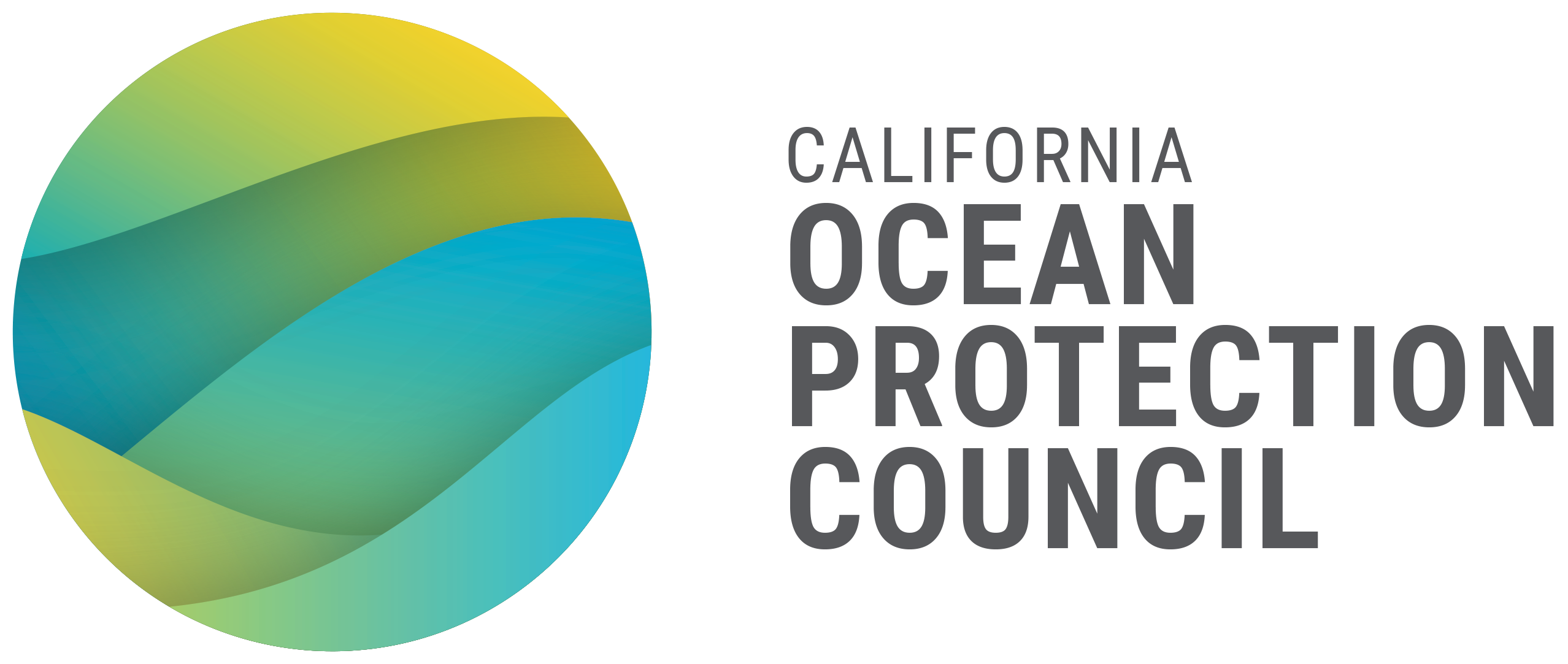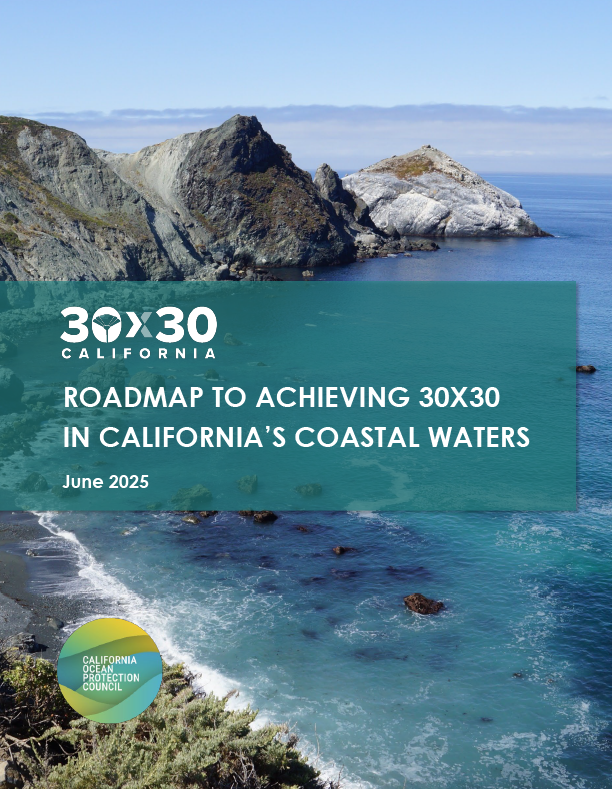Monthly Newsletter – California Coast and Ocean News – July
What’s Happening
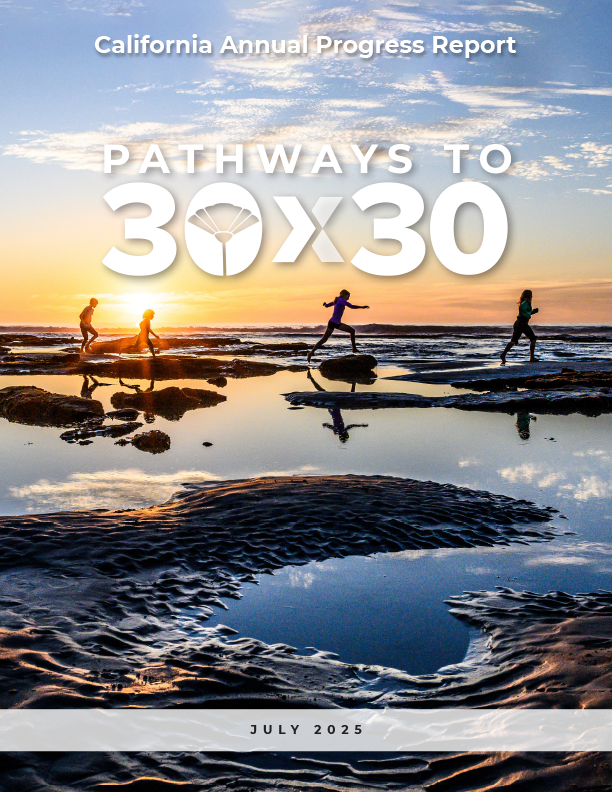
Pathways 30×30 Annual Report and Partnership Summit
California has counted an additional 1 million acres of conserved lands and coastal waters over the past year, marking major progress toward the state’s goal of conserving 30% of its lands and coastal waters by 2030. This milestone underscores California’s continued leadership in protecting nature, advancing climate resilience, and expanding outdoor access for all communities. As of June 2025, 26.1% of California’s lands and 21.9% of its coastal waters are now under long-term conservation and care. Read the report and learn about OPC’s 30×30 efforts in the Project Highlight below. Also, register for the 30×30 Partnership 2025 Summit on August 14 in San Diego!
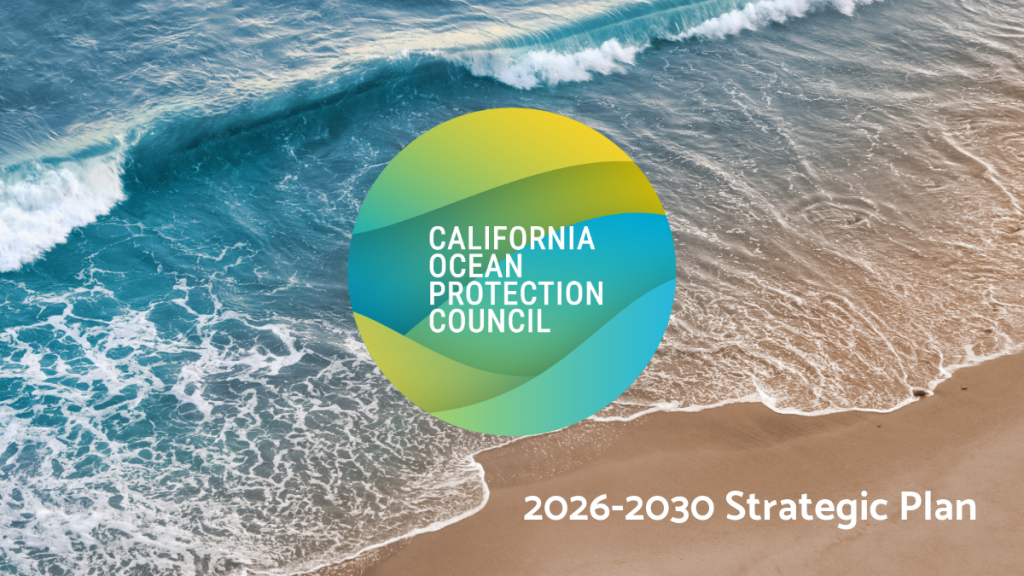
OPC’s Draft 2026–2030 Strategic Plan Now Available
OPC has released its Draft 2026–2030 Strategic Plan, outlining priorities for protecting California’s coast and ocean. The public comment period is open through Friday, August 1, 2025. Visit the Strategic Plan webpage.
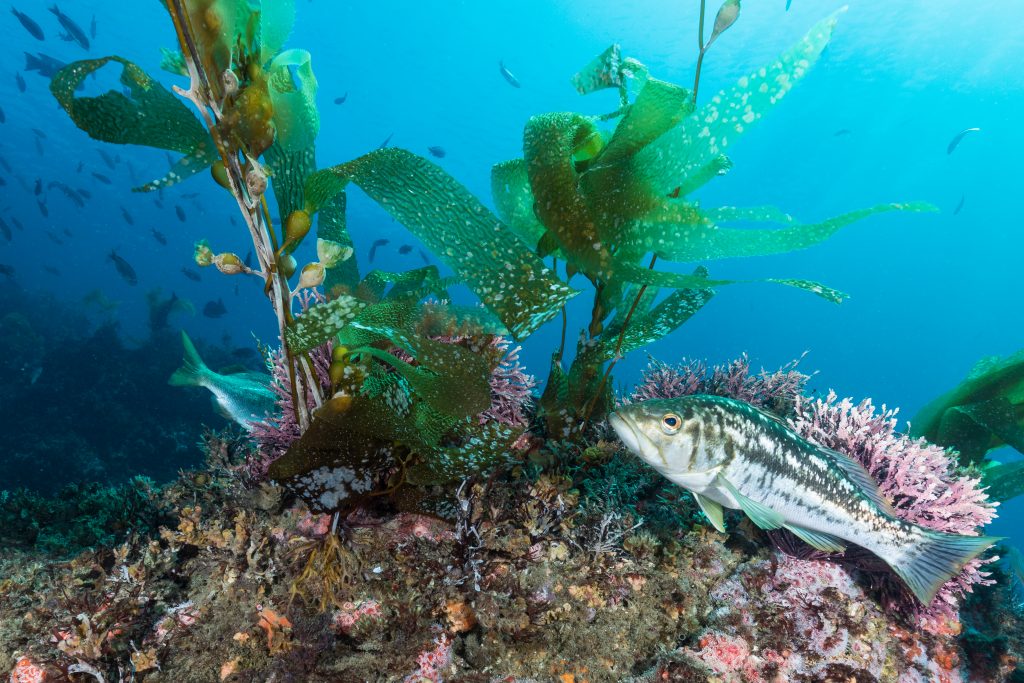
Marine Protected Area Statewide Leadership Team: Work Plan 2025 -2030
On July 1, 2025, the Marine Protected Area Statewide Leadership Team released a new Work Plan outlining key actions to enhance the effective, adaptive management of California’s globally recognized marine protected area (MPA) network. Learn more and read the Work Plan.
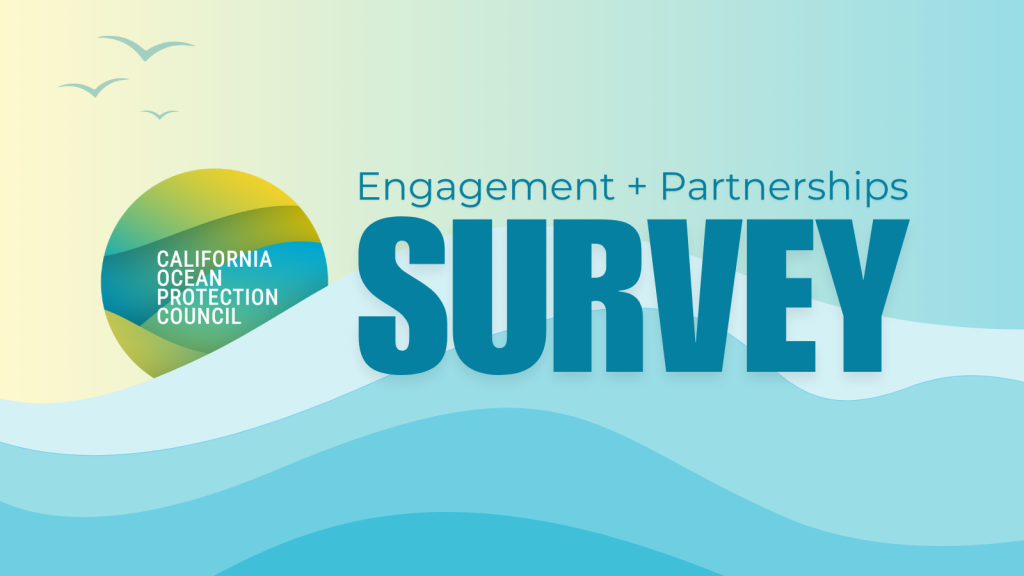
Your Feedback Matters: Take the OPC Engagement + Partnerships Survey
OPC invites you to participate in a survey to help strengthen coast and ocean protection efforts and ensure that programs and funding opportunities are accessible, inclusive, and community-informed. Your feedback will help shape how OPC engages with communities, invests resources, and supports coastal and ocean stewardship across California. The survey is open to all through Sunday, July 20, 2025 — whether you have engaged with OPC before or are learning about it for the first time. Take the survey.

Disability Pride Month
The California Natural Resources Agency (CNRA) and its supporting departments invite you to celebrate Disability Pride Month. Through virtual and in-person events, CNRA departments, commissions, and conservancies will be honoring disabled leaders in the environmental field who work to protect the environment for current and future generations and encourage others to become environmental stewards. This year’s Disability Pride Month theme, “Proud to Be Me,” celebrates the power of authenticity, self-acceptance and visibility. Learn more about Disability Pride Month at CNRA.
Funding Opportunities
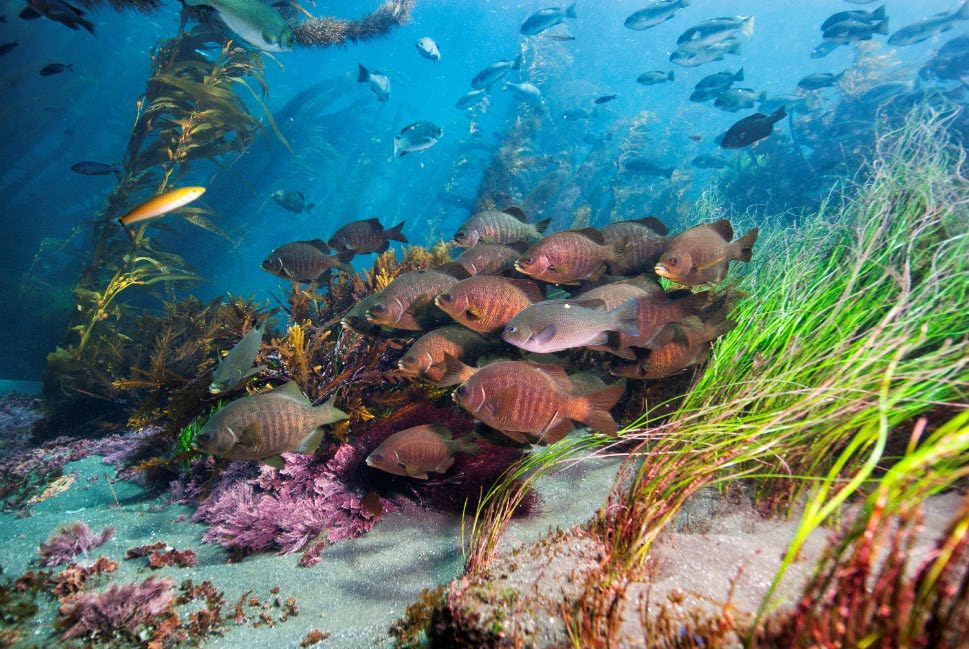
Request for Proposals: Advancing 30×30 in Coastal Waters
OPC is now seeking proposals for projects that will help California achieve its goal to conserve 30% of coastal waters by 2030. Applicants must submit a completed Letter of Intent (LOI) in response to this solicitation by Friday, July 18, 2025, by 5:00 p.m. Learn more about the 30×30 solicitation.
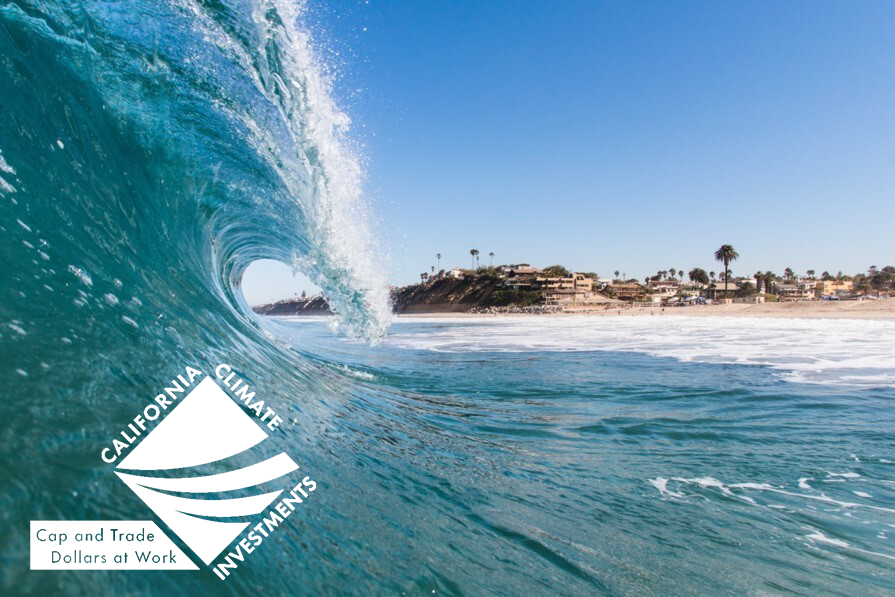
SB 1 Sea Level Rise Adaptation Planning Grant Program
The next submission deadline for sea level rise adaptation planning projects is Friday, September 12, 2025. Learn more about the SB 1 Grant Program.
OPC’s SB 1 Sea Level Rise Tribal Cultural Resources Funding Program is now open with the first proposal deadline also on September 12. This new opportunity will support California Native American tribes in assessing and planning for sea level rise impacts on cultural resources and ancestral lands.
Dive In
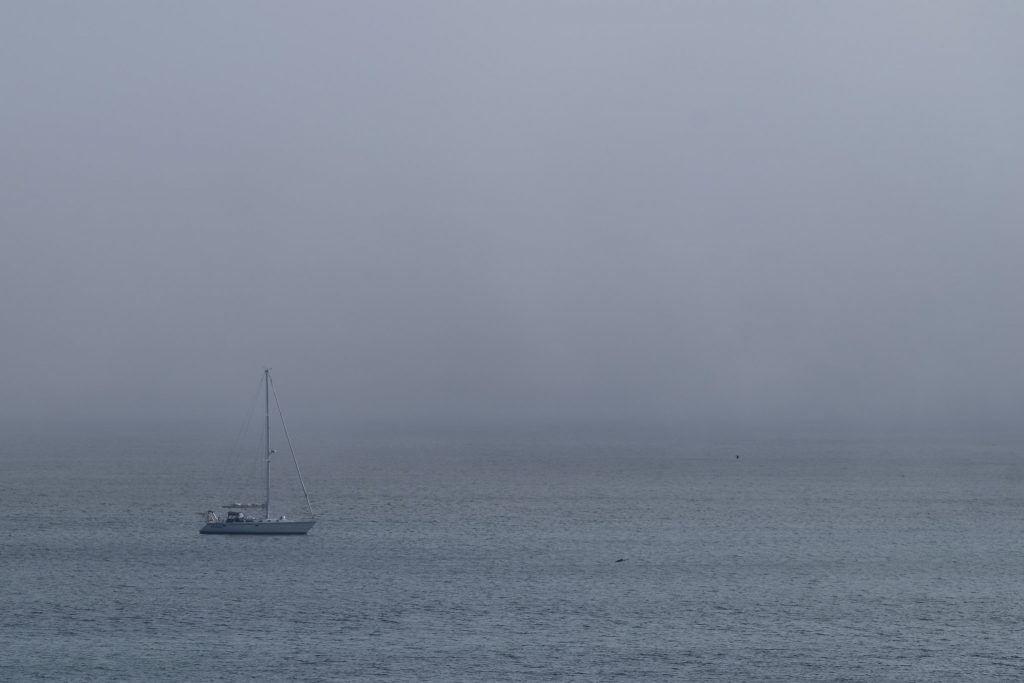
Flexible by Design: Adaptive Management as a Path to California’s Coast and Ocean Resilience
Imagine navigating a boat through fog. You don’t just set a course and sail forward—you’re constantly checking your compass, observing closely, and looking for signs that help you decide where to go next, adjusting the wheel as needed. That’s how the OPC approaches coast and ocean stewardship in an era of rapid change: not with a fixed mindset, but with a willingness to observe, learn, and adapt. This way of working is called adaptive management. It’s a core principle in environmental science and resource management, and a key part of how OPC carries out its mission… Read the full article to learn more about adaptive management and why it matters.
Project Highlight
Conserving 30% of California’s Coastal Waters by 2030
In 2020, California launched an ambitious initiative to conserve 30% of the state’s lands and coastal waters by 2030—known as “30 by 30” or “30×30.” This goal is part of a global movement and will help to protect nature, combat climate change, and expand equitable access to the outdoors in California. As part of this effort, OPC is leading the charge to conserve 30% of California’s coastal waters by 2030, working with partners to protect biodiversity, support tribal and community stewardship, and ensure lasting conservation outcomes.
At its June 2025 OPC meeting, the Council adopted the Roadmap to Achieving 30×30 in California’s Coastal Waters. This document builds on Pathways to 30×30 and outlines how California will identify 30×30 Conservation Areas in coastal waters, including marine protected areas (MPAs), tribal stewardship areas, and other places that provide meaningful biodiversity benefits. To count toward 30×30, areas in coastal waters must be managed in ways that maintain ecosystem integrity and protect biodiversity.
With the adoption of this Roadmap, California has now conserved 21.9% of its coastal waters—more than two-thirds of the way to the 30% target! In addition to the 16.2% of coastal waters conserved by the state MPA network, this includes additional area conserved by the Chumash Heritage National Marine Sanctuary (5.7%), and University of California Natural Reserves (under 1%). In recognition of concerns raised by members of the public, the Council adopted the Roadmap with three important amendments: 1) strengthen language in the roadmap around equitable access, 2) return to the Council in September to share clear criteria for other coastal and marine designations not yet assessed for alignment with our state’s definition of a 30×30 Conservation Area, and 3) return to the Council in a reasonable amount of time (6 months to 1 year) to report out on status of collaborative co-stewardship of the Chumash Heritage National Marine Sanctuary and how the Sanctuary is working to conserve biodiversity.
To support implementation of the Roadmap, OPC is investing $10 million to advance 30×30 in coastal waters. This new funding will support science, stewardship, and restoration projects that enhance biodiversity, identify new conservation opportunities, and strengthen partnerships with California Native American tribes and coastal communities. Proposals will be accepted for three separate tracks: action-oriented science (Track 1), accelerating environmental restoration and stewardship (Track 2), and revitalizing tribally-led stewardship (Track 3). More details on each track can be found in the solicitation.
To explore these efforts in more detail, visit opc.ca.gov/30×30. You can also track conservation progress across California using CA Nature, an interactive suite of mapping tools that bring together biodiversity, climate, conservation, and access data.
Staff Spotlight

Pike Spector, Biodiversity Program Manager
Pike (he/him) joined the California Natural Resources Agency as the Ocean Protection Council’s Biodiversity Program Manager in May of 2023. Pike leads efforts to support the state’s goals of understanding and protecting the vital aquatic ecosystems that support California’s unique and diverse marine communities. Pike is coming to OPC after working as a marine scientist for Olympic Coast National Marine Sanctuary in Washington State, where he supported similar projects across the Olympic Peninsula. Prior to this position, Pike was a California Sea Grant Fellow with Channel Islands National Marine Sanctuary, and then a contractor for the sanctuary’s research team. As a marine scientist, Pike’s research has taken him across the Aleutian Archipelago and across the California coast down to Baja California. He earned a Master of Science from San Diego State University, and a BS from UC Santa Cruz. Outside of work you can find Pike surfing, rock climbing, hiking with his dog, playing banjo, and riding his motorcycle.

“I joined OPC as the Biodiversity Program Manager because I feel a strong sense of responsibility to help protect, restore, and enhance California’s coastal and marine ecosystems. Drawing on my experience as a marine ecologist, nothing excites me more than the development of the Kelp Restoration and Management Plan (KRMP). Led by the California Department of Fish and Wildlife, the KRMP will support Ecosystem Based Management of California’s giant and bull kelp forests, and the incredible biodiversity they support, through kelp harvest management and a restoration toolkit. California’s kelp forests are icons of this great state, but they’re in need of our help. Not only do they support a rich diversity of ecologically and economically important species, they provide deep culture ties to California residents and visitors, and California Native American tribes. The KRMP will provide the tools necessary to protect and restore these vibrant marine communities in the face of unprecedented climate change; I’m proud to represent OPC’s vision and values in the development of this novel Fisheries Management Plan for the benefit of marine biodiversity, and generations of Californians into the future.”
Photo of the Month
Have a stunning shot of California’s coast or ocean? Submit a photo to be featured as the Photo of the Month! Whether it’s a serene shoreline, vibrant marine life, or a captivating coastal sunset, share the beauty of our state’s coastline through your lens! Submit your photo.
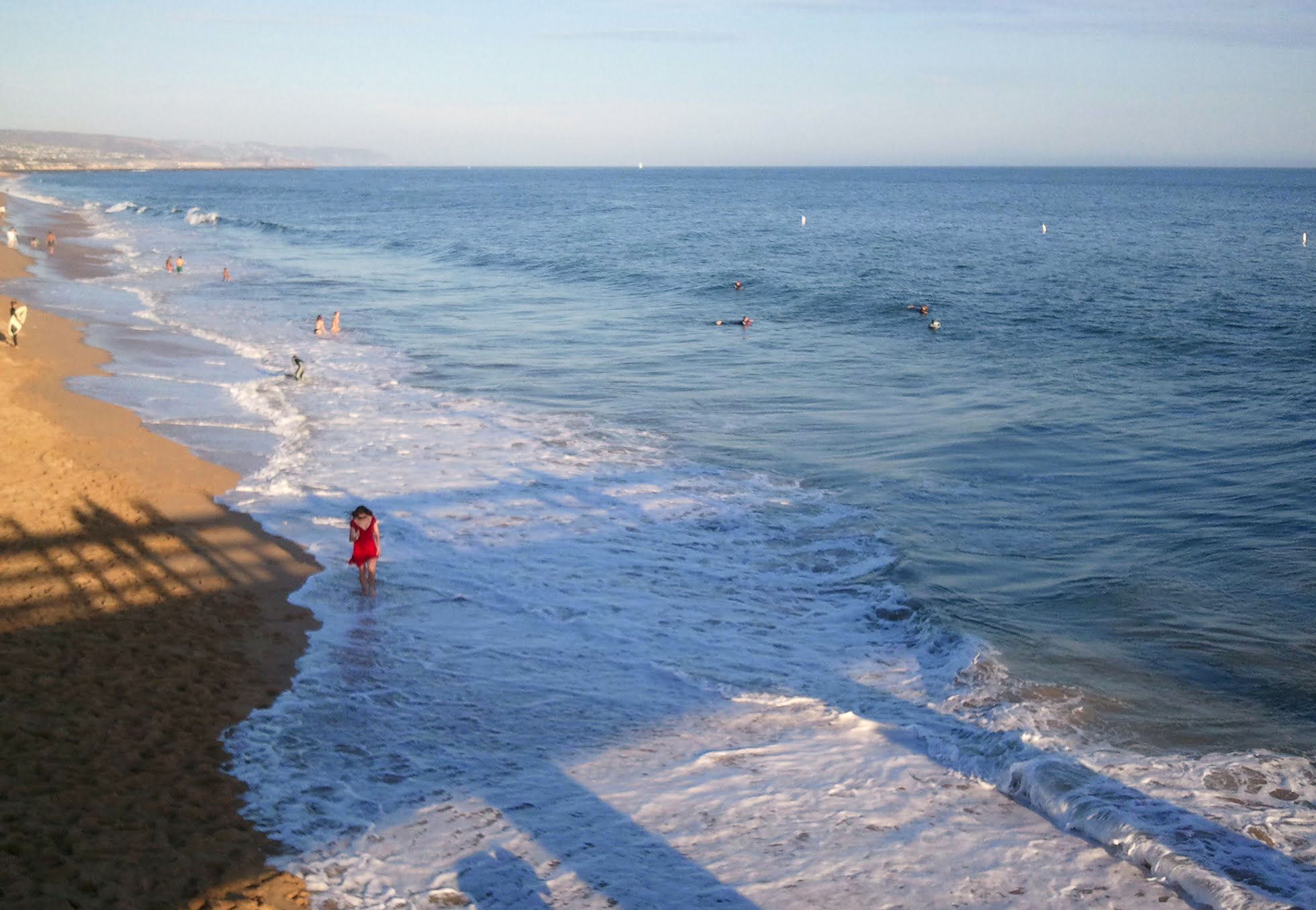
Photo of the Month: Gina Murphey / People enjoying California’s beautiful coast and ocean at Newport Beach Pier
To stay updated with OPC’s efforts, follow us on social media, and sign up for emails.

